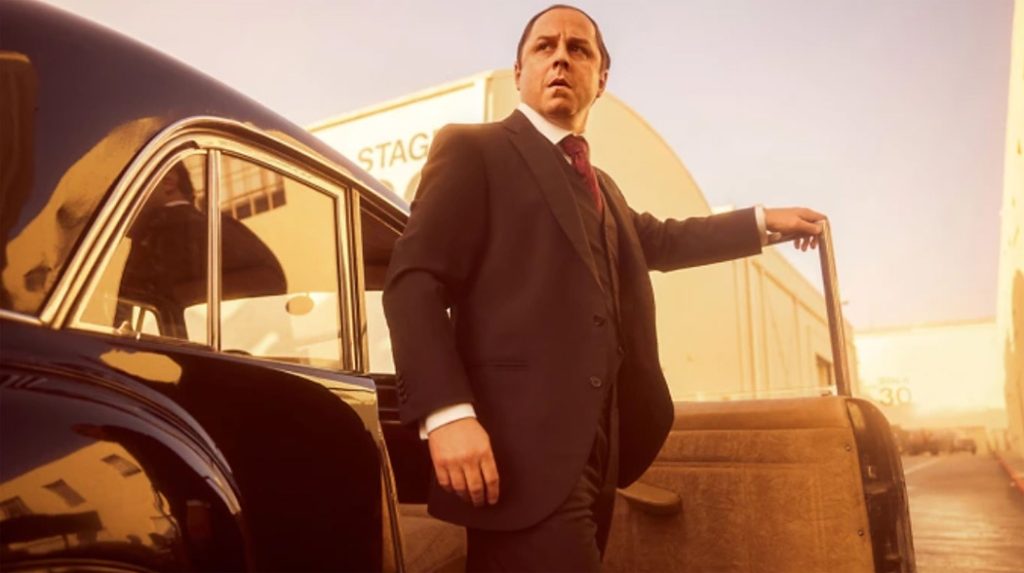
“There are three sides to every story: your side, my side, and the truth. And no one is lying….”
—Robert Evans, Paramount Studio Chief of Production, from his autobiographical documentary, The Kid Stays in the Picture
This year marks the 50th anniversary since the 1972 film release of The Godfather, adapted with perfection from Mario Puzo’s 1969 crime novel and setting records for box office and book sales. Holding steady at #1 for 19 weeks on the New York Times Bestseller List and 67 weeks in total, the book rattled the literary world, dazzled the art of storytelling, and fed our national fascination with organized crime. And it changed our lives.
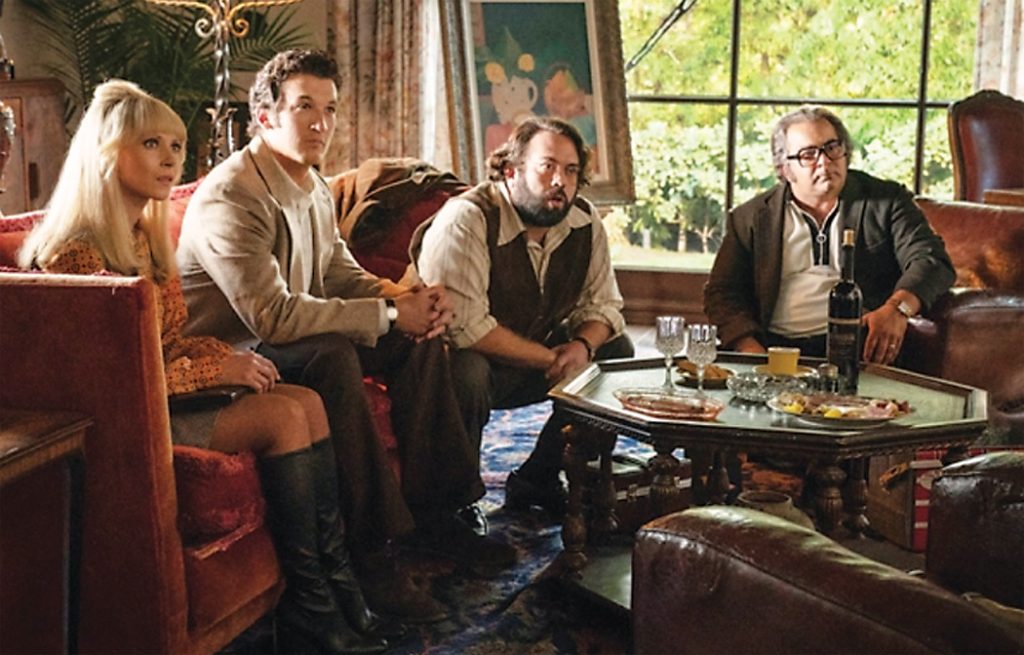
In my teens, reading The Godfather was a brain changer. My routine thoughts wandered to the Corleone empire, an exclusive culture with codes of loyalty, lust for power, and violence as a message and a means, all fueled by large bowls of pasta. Many of those graphic details are preserved like fossils in my imagination, along with the horse scene that claims an exclusive cluster of memory cells. Now that’s what I call good reading.
The Godfather, Part I and Part II, put the power of the novel right on the screen. The classic tale teaches us those sacred life lessons: Keep your friends close and your enemies closer. Leave the gun, take the cannoli. It’s just business. Make them an offer they can’t refuse.
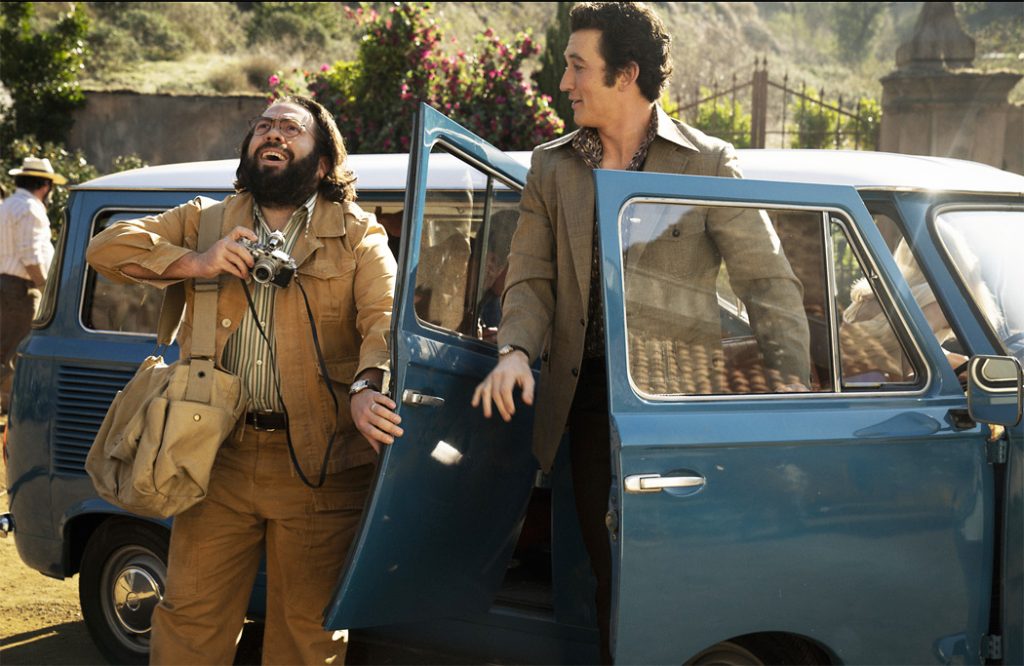
Puzo wrote The Godfather in search of commercial success so he could finance his small, personal stories. His memoir, The Godfather Papers and Other Confessions, confirms he wrote The Godfather from research, having never met a single mobster. The book took him three years, since he only worked on it between other projects. Coincidentally, his cowriter for the screenplay was director Francis Ford Coppola, who once explained in a TV interview that he only directs big movies (Patton, Apocalypse Now, The Godfather) to finance his own small films.
And now, five decades later, welcome to The Offer. Streaming on Paramount+ and Prime, this ten-episode limited series dramatizes the gargantuan project of adapting an extraordinary book into the five-star movie that broke box office records. If you wonder why we care how The Godfather was made, it’s because this is the immortal film that survived a mountain of resistance, promoted by Paramount as “the greatest movie almost never made.” Disagreements, disruptions, delays, and funding and location issues nearly shut down filming and made the production its own drama. And some obstacles were scarier than the movie.
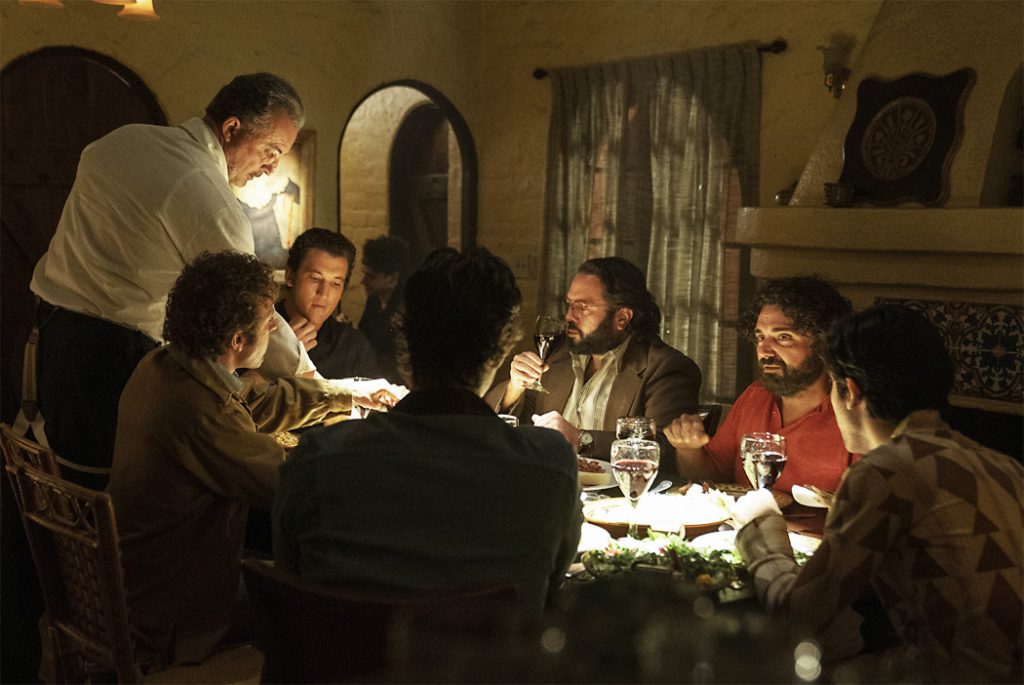
Some of the loudest objections to making the film came from the New York Mafia and Frank Sinatra. Sinatra was insulted by the weepy crooner with mob connections, Johnny Fontane, the character who supposedly personified Sinatra. And New York mob leader Joe Colombo (played by Giovanni Ribisi in The Offer) resented The Godfather for maligning Italian Americans, and insisted Paramount shut the movie down. When mobsters feel unheard, there are repercussions. So producer Albert Ruddy (played by Miles Teller) visited Colombo to ease his concerns. And that connection took its own trajectory.
Brilliantly crafted by Michael Tonkin and Nikki Toscano and directed by Adam Arkin and others, The Offer’s outstanding cast members were well matched to each character for manner and appearance. Miles Teller is producer Albert Ruddy, Juno Temple plays Ruddy’s five-star assistant Bettye, Dan Fogler portrays director/screenwriter Francis Ford Coppola, and Justin Chambers does a good Marlon Brando. The very British Matthew Goode inhabits legendary Paramount executive Bob Evans, one of Hollywood’s most entertaining personalities. Goode captures Evans’s signature vocal tones, American diction, high-speed delivery, and constant sense of humor.
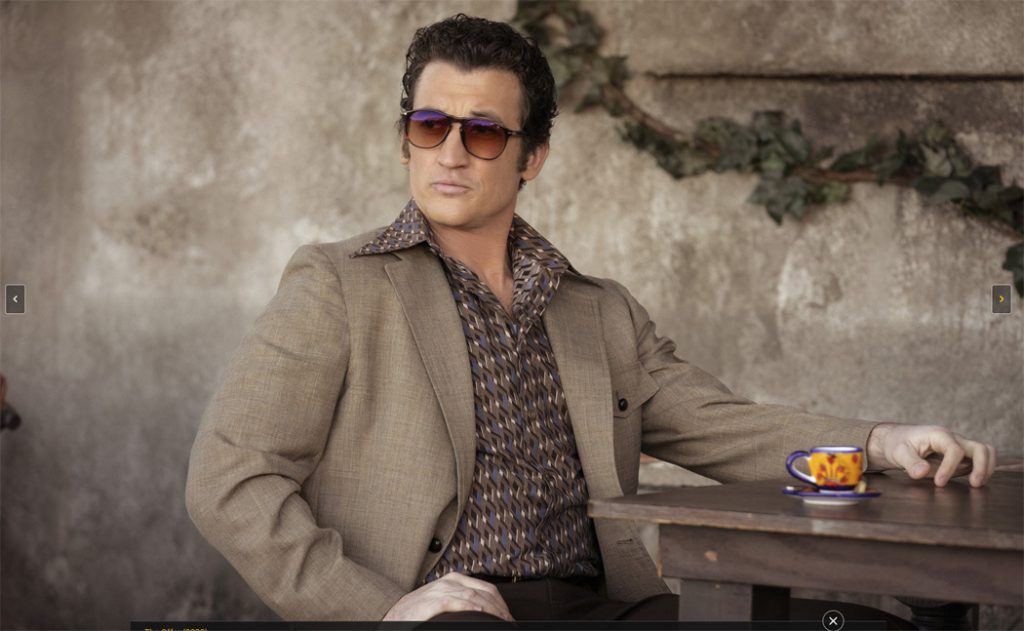
I highly recommend Evans’s 2002 documentary (on Prime) The Kid Stays in the Picture. True to his quote (above) about truth in memories, Evans gives himself a long leash for reporting his own story in a funny and brilliantly written narrative. A charmed moment anointed him as an actor, followed later by a stroke of magic that gave him the reins to the Paramount studio he was born to serve. His vision for backing worthy films like The Godfather, Rosemary’s Baby, Love Story, and Chinatown lifted Paramount from near bankruptcy to the number one motion picture studio.
The Offer entertains and informs, and makes us laugh and gasp, sometimes simultaneously. We meet the fearless Hollywood personalities brimming with chutzpah, smarts, and oversized egos. Or as Bob Evans says, “brains and balls.” Paramount’s owner and bean counter is Charles Bluhdorn (Burn Gorman), a caricature German personality. When Bluhdorn asks why the studio should finance The Godfather, Ruddy delivers the winning pitch: “I’m gonna make an ice-blue terrifying film about people you love.”
The Offer is drawn from the recollections of Ruddy, who won Best Picture for The Godfather and is now 92. His detailed recall brings this behind-the-scenes tale to life. We also wonder if The Offer creators sought memories from other filmmakers, like director Coppola or cast members like Al Pacino. Online searches for historical accuracy offer differing details. For example, Evans’s documentary talks about The Godfather but never mentions Ruddy. Yet Ruddy appears in almost every scene of The Offer. And he’s a frequent presence during filming, though Coppola doesn’t recall Ruddy ever showing up on set.
But never mind, the spine of the story seems solid. And maybe, as Evans suggests, each side of the story offers truth. The takeaway? Go for it. Binge The Offer for an educational entertainment treat. In the end, you’ll feel wowed, upbeat, and deeply satisfied. And primed to revisit The Godfather. After all, it’s just business.
